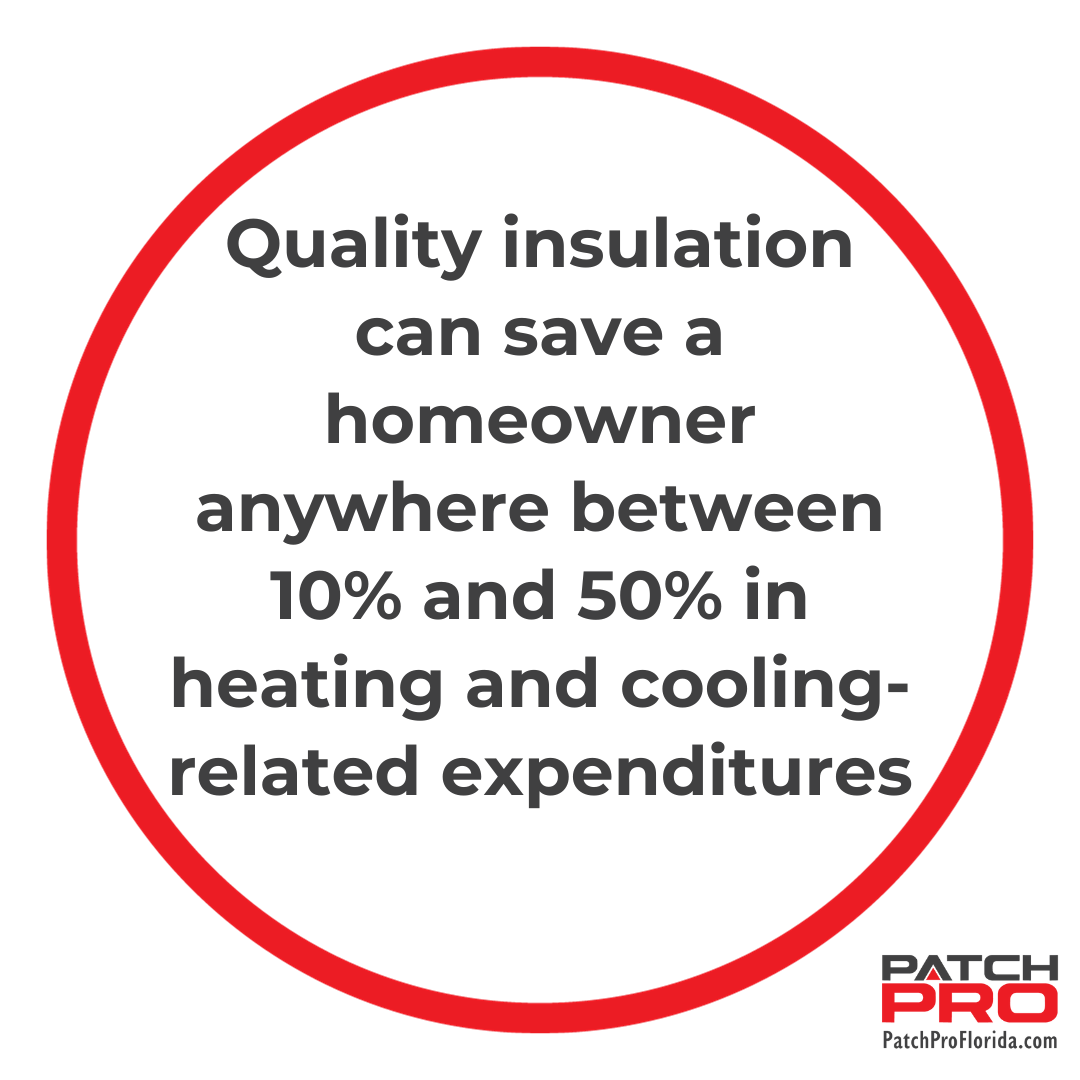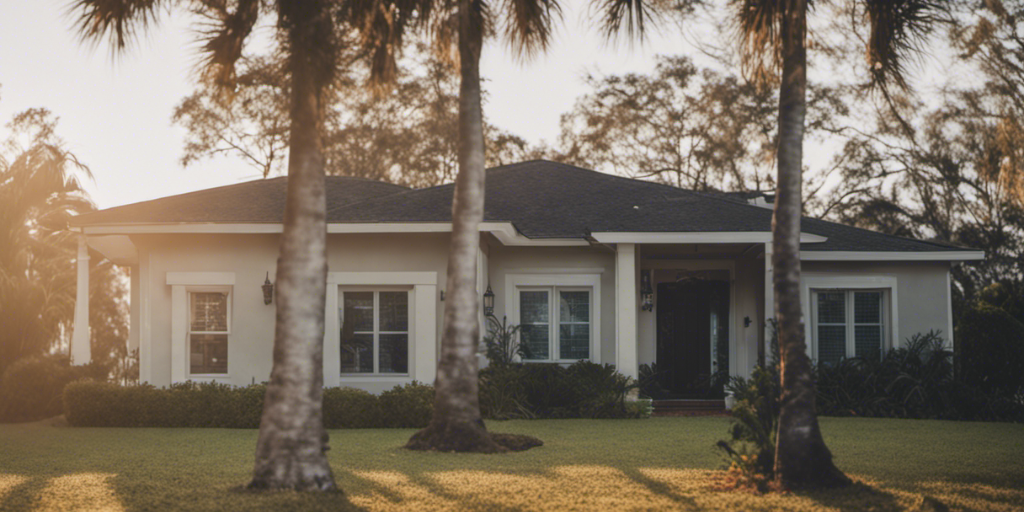Colder weather isn’t the first thing most people would think of when speaking of Florida. However, many of you were probably breaking out your sweatshirts and jackets this week, and Florida homes do sometimes need preparation for the occasional temperature drop. This blog post will arm you with five essential tips to effectively prepare your Florida home for those chillier months.
Fortify Windows and Doors
Our first focus in preparing your Florida home for colder weather is to ensure the proper fortification of your windows and doors. Taking the time to scrutinize your windows and door seals for any drafts is an overlooked step but vastly important. You may be surprised by how a minor draft can affect the overall temperature of your home during colder days.
According to the U.S. Department of Energy, window and door drafts account for a sizable portion of a building’s energy loss. Their research suggests that minimizing drafts in homes can save up to 20% energy during colder weather. With heating requirements increasing, preventing as much heat loss as possible is essential.
If drafts are detected, the next step is promptly and effectively sealing them. Weatherstripping and door sweeps are both practical and affordable options for reducing drafts in these areas. Another effective method is re-caulking your windows. This process involves removing old caulk from around your windows – where it might now be old, damaged, and inefficient – and replacing it with fresh, new caulk to ensure a tight seal. Before lower temperatures hit, make sure this task is checked off on your winter preparation list. Ensure you’re not losing money by letting warmth escape the window.
Optimize Your Home Insulation
The next vital step to winter-proofing your Florida home is evaluating the quality and condition of your home insulation. The role of insulation in maintaining a comfortable indoor temperature is significant and, therefore, should not be underestimated. Homes optimized with quality insulation can create an effective barrier against the chill of colder weather, keeping you warmer for longer.
 The Residential Energy Services Network confirms the importance of insulation and outdoor weather conditions’ impact on home heating and cooling costs. Their findings indicate that quality insulation can save a homeowner anywhere between 10% and 50% in heating and cooling-related expenditures. It’s illuminating statistics like these that place home insulation at the pinnacle of cold-weather preparedness.
The Residential Energy Services Network confirms the importance of insulation and outdoor weather conditions’ impact on home heating and cooling costs. Their findings indicate that quality insulation can save a homeowner anywhere between 10% and 50% in heating and cooling-related expenditures. It’s illuminating statistics like these that place home insulation at the pinnacle of cold-weather preparedness.
Investigate your current insulation status. Traditional insulation materials like fiberglass or cellulose may need an upgrade. Today, spray foam insulation is leading the industry with its superior insulating properties. Consider installing or upgrading insulation in your roof, walls, and floors for optimal temperature regulation. Start early, before the cold season, and transform your home into a more energy-efficient dwelling to reduce utility costs while improving your overall comfort.
Routine HVAC System Check
Ensuring adequate heating in your home will undoubtedly require your HVAC system to operate at maximum efficiency. One highly effective method for preparing your home for colder weather is scheduling a routine check on your HVAC system. With the considerable strain that colder temperatures place on heating systems, a comprehensive review of your HVAC system before the onset of the cool season is highly advisable.
The U.S. Environmental Protection Agency encourages homeowners to keep their HVAC systems optimally maintained, pointing out the monetary and energy savings that can be gleaned from keeping these systems in top-notch condition. The Agency’s research suggests that regular HVAC maintenance can significantly reduce winter energy use, leading to savings on winter utility bills.
Consider organizing a seasonal HVAC inspection with a licensed professional. They can help ensure all system components are working correctly, change air filters, and detect potential issues before they escalate into costly repairs or replacements. This timely investment could substantially enhance your home’s energy efficiency during the colder months, optimizing comfort levels, saving energy, and reducing the strain on your wallet.
Landscape Preparation
Prepping your home for the colder periods isn’t limited to the indoors only; proper landscape maintenance is just as essential. Outdoors, especially, trees and shrubs around your property, can suffer damage or cause damage when uncontrolled, particularly when they are subjected to the strong winds often associated with colder climates.
There’s a direct link between a well-maintained landscape and your property’s overall capacity to withstand cold-season conditions. By trimming trees and shrubs near your house, you significantly reduce any risks of damage from wind-blown branches or trunks.
If you’re a pool owner, consider investing in a pool heater or heat pump. An absolute game-changer, a pool heat pump can help maintain ideal pool temperatures and extend your swimming season into the colder months. Maintaining a warm pool can also contribute to the warmer microclimate around your home.
Check Weather Seals on the Garage Door
The last but crucial step in our guide to preparing your Florida home for the colder weather involves your residential garage door. Many homeowners might overlook this, but garage doors without proper sealing can allow cold drafts to penetrate your home and, more precisely, your garage.
Pay particular attention to the integrity of the weather seals on your garage door, which is essential in maintaining temperature regulation. A damaged or cracked seal can let colder air in and warmer air out of your garage, threatening your home’s overall temperature balance. Whenever such damages are found, replacing garage door weather seals promptly is recommended to prevent the influx of cold air. This simple fix can ultimately make a big difference in keeping your home comfortable during the colder months.
Preparing your Florida home for the colder weather isn’t just a wise strategy; it ensures comfort, safety, and cost-effective energy use. You can easily weather any temperature drops through steps like fortifying windows and doors, optimizing insulation, conducting routine HVAC checks, maintaining your landscape, and checking your garage door seals. Early preparation is critical to a smoother transition into the colder season.



You must be logged in to post a comment.